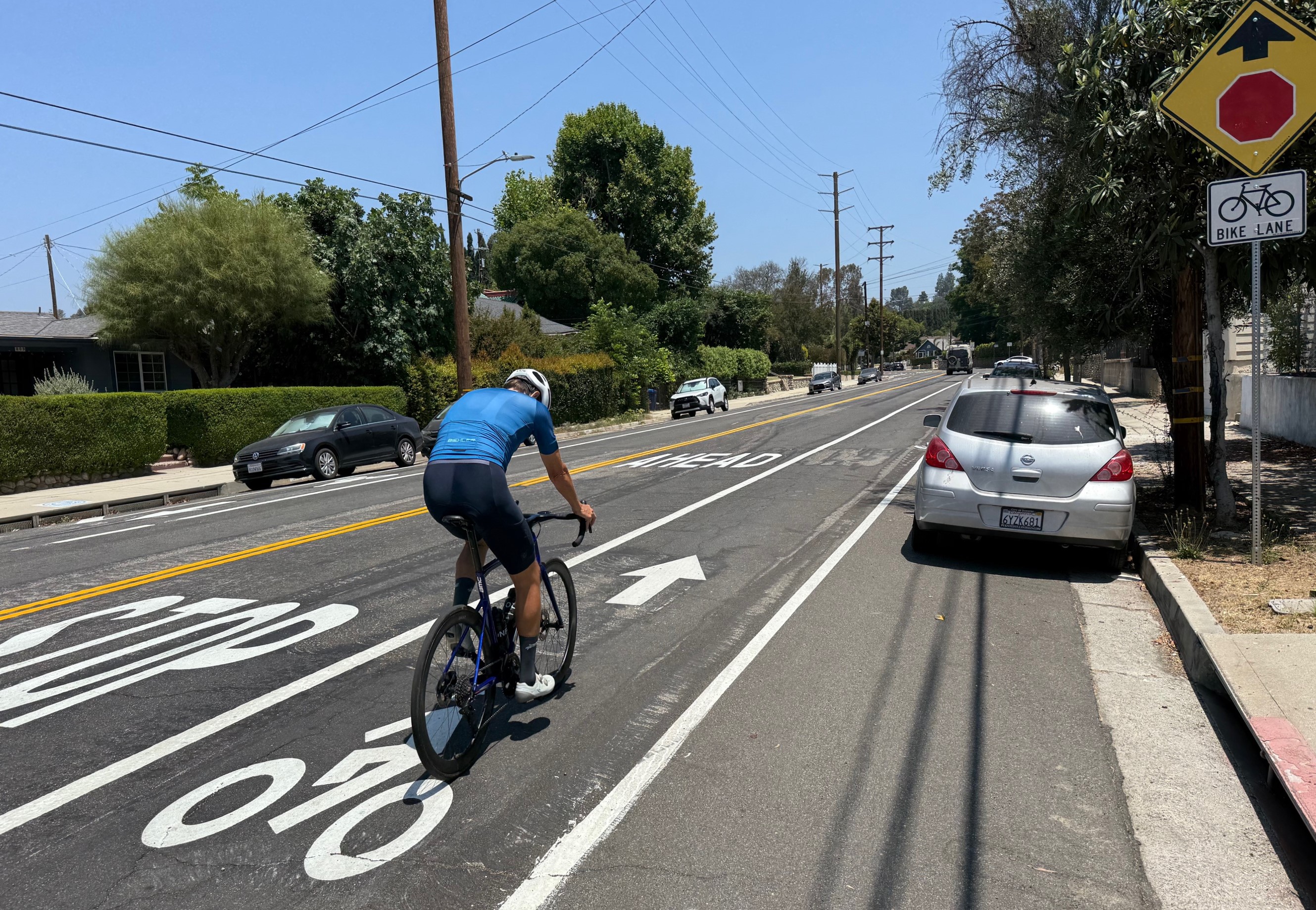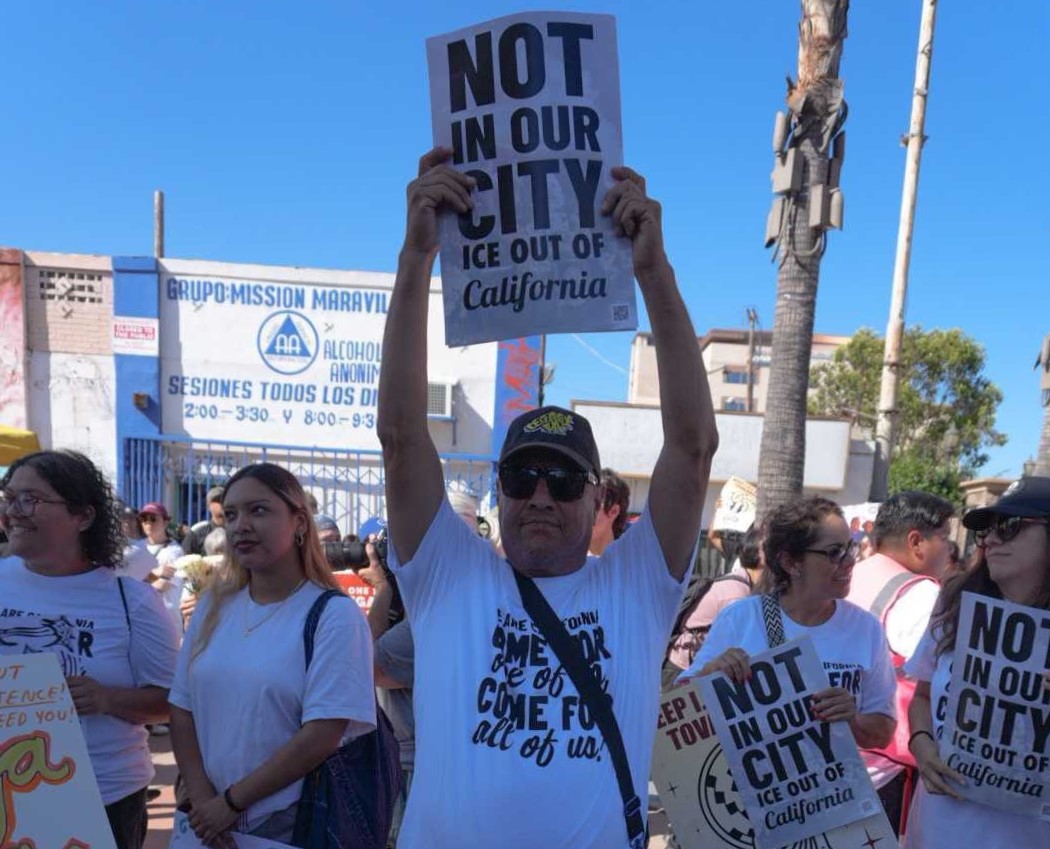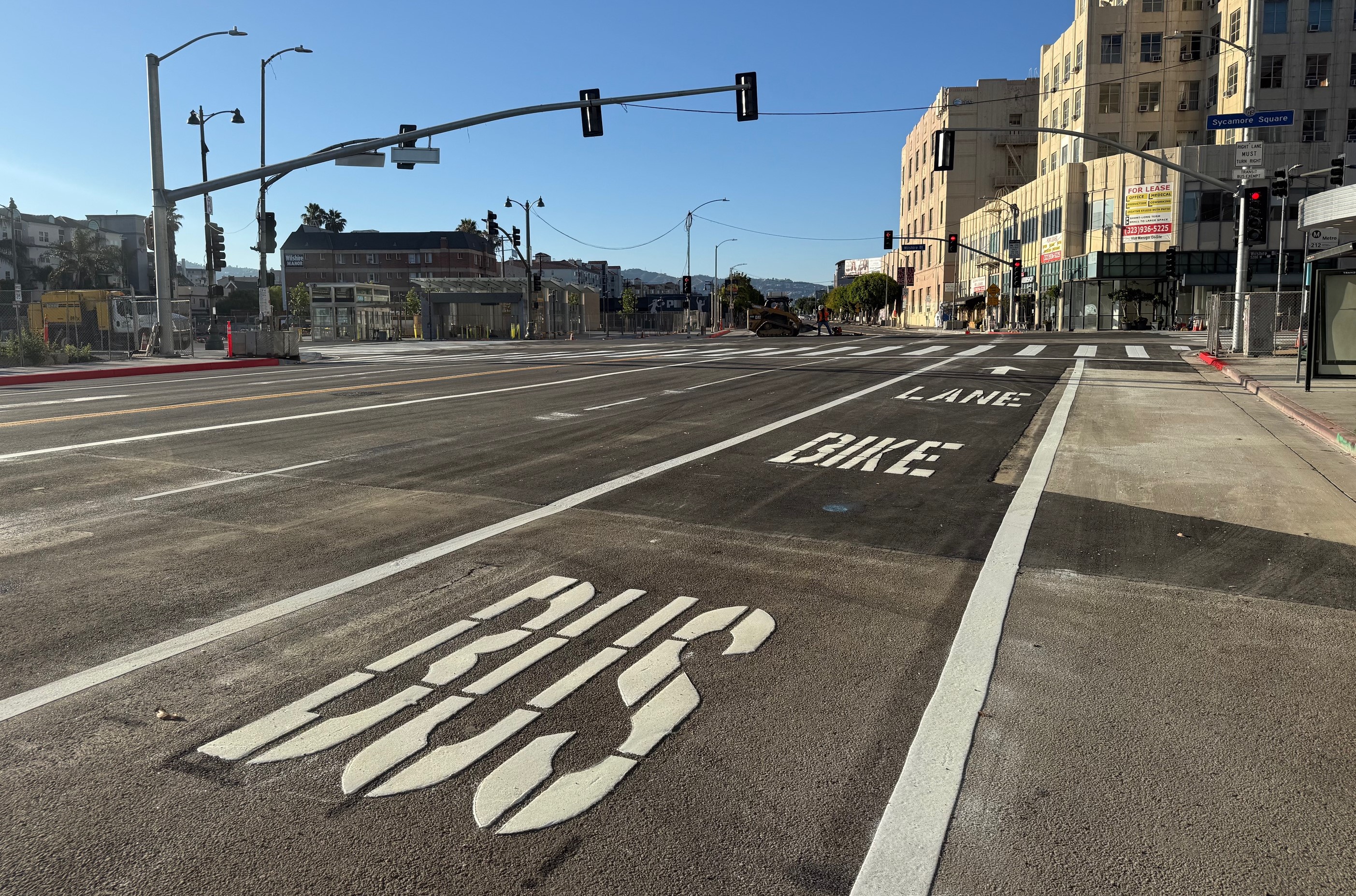
Earlier this fall, Governor Schwarzenegger signed into law a piece of groundbreaking legislation that would address global warming by curbing sprawl development. A recent piece in the San Francisco Chronicle takes a closer look at the legislation to see whether it will actually have an impact on how California grows.
The ultimate impact will depend on how the legislation is put intoeffect, and whether its carrots and sticks will outweigh the cries frompeople who don't want big new buildings on their block.
Whatever the law's accomplishments, proponents hope it sends a clearmessage that will be reflected in future legislation and policies onthe state and local levels: Dense, transit-oriented development is acritical goal for the collective good.
"A small step can be an important step if it's the step that turnsthe corner," said Tom Adams, board president of the California Leagueof Conservation Voters, the principal drafter of the legislation. "Ithink it will change forever the way we look at land use in California."
This small step could have big dividends for California if the Governor empowers agencies to enforce the legislation as written. During the debate before the legislation was passed, the California Progress Report outlined what the new law should accomplish:
The California Progress Report summarizes what the legislation does:
• Transportation planning: The California Air Resources Board (CARB)will set regional greenhouse gas reduction targets after consultationwith local governments. That target must be incorporated within thatregion’s Regional Transportation Plan (RTP), the long-term blueprint ofa region’s transportation system. The resulting model will be calledthe Sustainable Communities Strategy.
• Housing planning: Each region’s Regional Housing Needs Assessment(RHNA) – the state mandated process for local jurisdictions to addresstheir fair share of regional housing needs – will be adjusted to becomealigned with the land use plan in that region’s Sustainable CommunitiesStrategy in its RTP (which will account for greenhouse gas reductiontargets).
• CEQA reform: Environmental review will create incentives to implement the strategy, especially transit priority projects.
This article has gathered a lot of interest from around the Internet so far drawing stories from Planetizen and The City Fix. However, no matter who looks at the issue, nearly everyone agrees that the deciding factor on whether this legislation will be more than just a "feel good" move will be in how it is enforced. Will Governor Schwarzenegger empower state agencies to the point of overwhelming local pols in a ratable chase to build the biggest box on a street corner near you.
Photo: Exhuberance/Flickr






